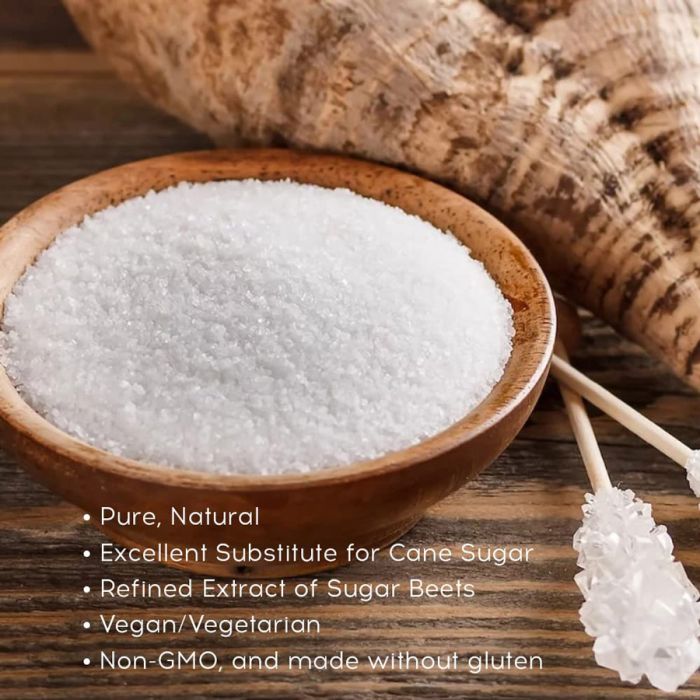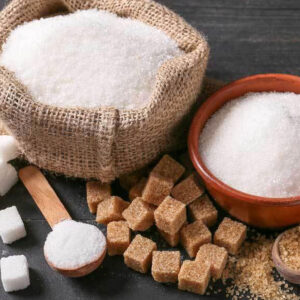Producers consider beet sugar vs cane sugar when choosing sweeteners for different recipes.
Producers consider beet sugar vs cane sugar when choosing sweeteners for different recipes.
Blog Article
Discover the Uses and Perks of Beet Sugar Vs Cane Sugar in Your Daily Diet Regimen
Checking out the distinctive high qualities of beet and cane sugar discloses more than simply their sweetening capabilities; it highlights their special effect on health and wellness and cooking arts. Beet sugar, understood for its refined flavor, is usually favored in fragile treats, whereas cane sugar, with its hint of molasses, includes splendor to robust meals. Each kind holds its own dietary profile and glycemic effects, inviting a much deeper understanding of their roles in a well balanced diet plan and lasting consumption techniques.
Beginning and Manufacturing Procedures of Beet and Cane Sugar

The distinctive climates and soil types required for expanding sugar beetroots and sugarcane add to differences in their growing practices and geographic circulation, affecting the business economics and sustainability of their production. beet sugar vs cane sugar.
Nutritional Comparison Between Beet Sugar and Cane Sugar
In spite of stemming from various plants, beet sugar and cane sugar are nutritionally really comparable, both primarily including sucrose. Each offers regarding 4 calories per gram, equating to approximately 16 calories per tsp. Structurally, both sugars are made up of about 99.95% sucrose, with marginal quantities of various other materials like dampness and trace element, which do not significantly alter their nutritional profiles.

Eventually, when selecting in between beet sugar and cane sugar based upon dietary content alone, both offer similar benefits and disadvantages as they are essentially forms of the same molecule-- sucrose, offering quick energy without other nutrients.
Influence on Wellness: Glycemic Index and Caloric Content
Exploring further right into the impacts of beet sugar and cane sugar on health and wellness, it is necessary to consider their glycemic index and caloric content. Both sugars are identified as sucrose, which includes sugar and fructose. This composition leads them to have a similar influence on blood glucose levels. The glycemic index (GI) of both beet and cane sugar is around 65, categorizing them as high-GI foods, which can create quick spikes in blood sugar levels. This is an essential element for people managing diabetes or those trying to maintain their energy degrees throughout the day.
Each sort of sugar contains around 4 calories per gram, making their calorie content equivalent. For those checking calorie intake, particularly when taking care of weight or metabolic wellness conditions, recognizing this equivalence is vital (beet sugar vs cane sugar). Too much consumption of any type of high-calorie, high-GI food can add to health problems such as excessive weight, heart disease, and insulin resistance.
Environmental and Economic Considerations of Sugar Manufacturing
Beyond health effects, the manufacturing of beet and cane sugar additionally raises considerable ecological and economic worries. Sugar beet cultivation has a tendency to call for cooler climates and has a lower geographical impact compared to sugar cane, which prospers in exotic regions. Nonetheless, both crops are intensive in regards to water use and land profession, possibly leading to logging and water scarcity. Economically, the international sugar market is highly unpredictable, influenced by modifications in international trade policies and subsidies. Numerous countries incentivize sugar production with monetary assistance, skewing market value and influencing small farmers original site adversely.
Furthermore, the use of pesticides and fertilizers in both beet and cane sugar cultivation can result in see page soil degradation and pollution, more influencing biodiversity and regional water bodies (beet sugar vs cane sugar). The option between growing sugar beet or cane often depends upon neighborhood ecological conditions and economic variables, making the sustainability of sugar manufacturing a complicated problem
Culinary Applications and Flavor Distinctions
While the environmental and financial aspects of sugar production are undoubtedly substantial, the option between beet and cane sugar also influences cooking applications and flavor profiles. Beet sugar, derived from the sugar beet plant, is recognized for its incredibly neutral taste.
Walking stick sugar, removed from sugarcane, usually maintains molasses traces, which pass on a distinct richness and deepness. This slight molasses taste enhances the complexity of baked items, sauces, and marinades. It is specifically favored in products where a sugar undertone is preferred, such as in brownies or gingerbread. Furthermore, the small variant in moisture material in between beet and cane sugar can affect the structure and uniformity of dishes, making cane sugar a favored selection for specific recipes that profit from its unique properties.

Conclusion
To conclude, both beet and cane sugar have unique origins and production procedures, supplying comparable dietary accounts with minor differences in sodium look here content and taste. While their influence on wellness, specifically pertaining to glycemic index and calories, is similar, the option between them frequently boils down to ecological, financial elements, and particular culinary demands. Understanding these facets can lead customers in making informed choices that line up with their health objectives and taste preferences.
Report this page